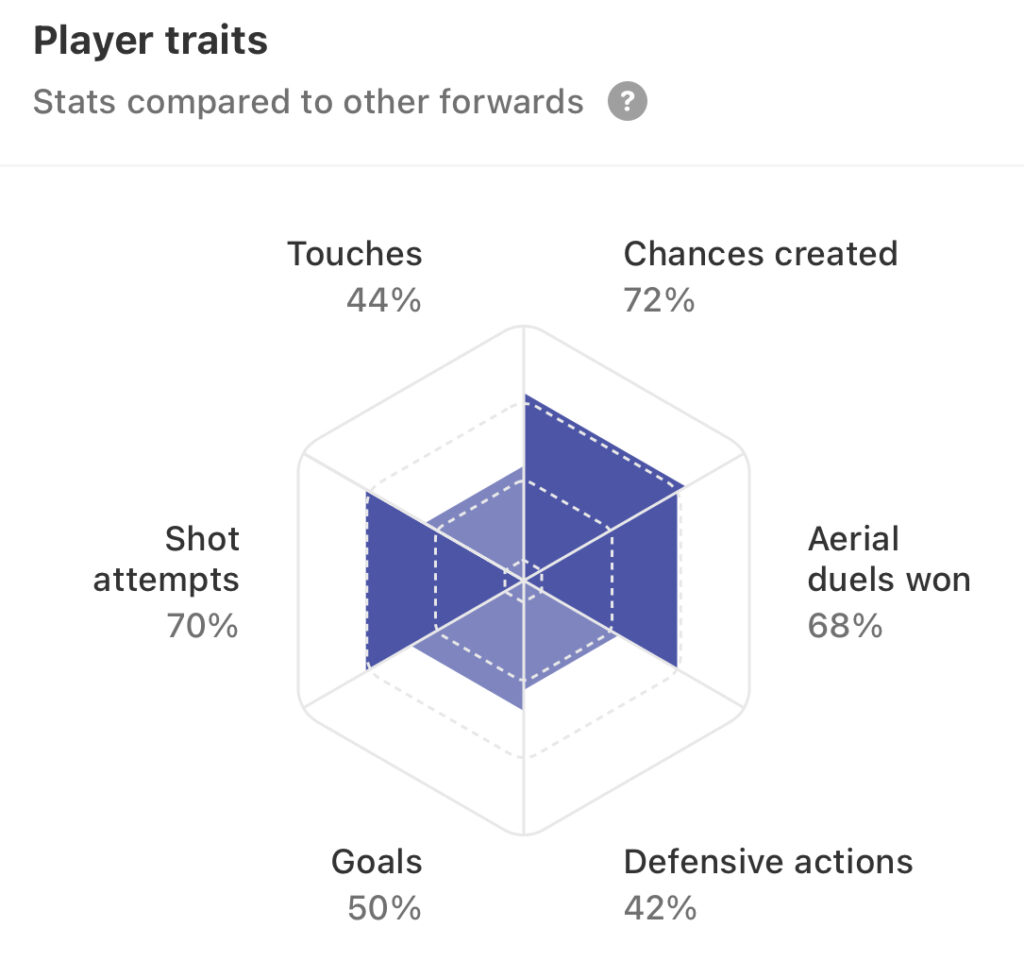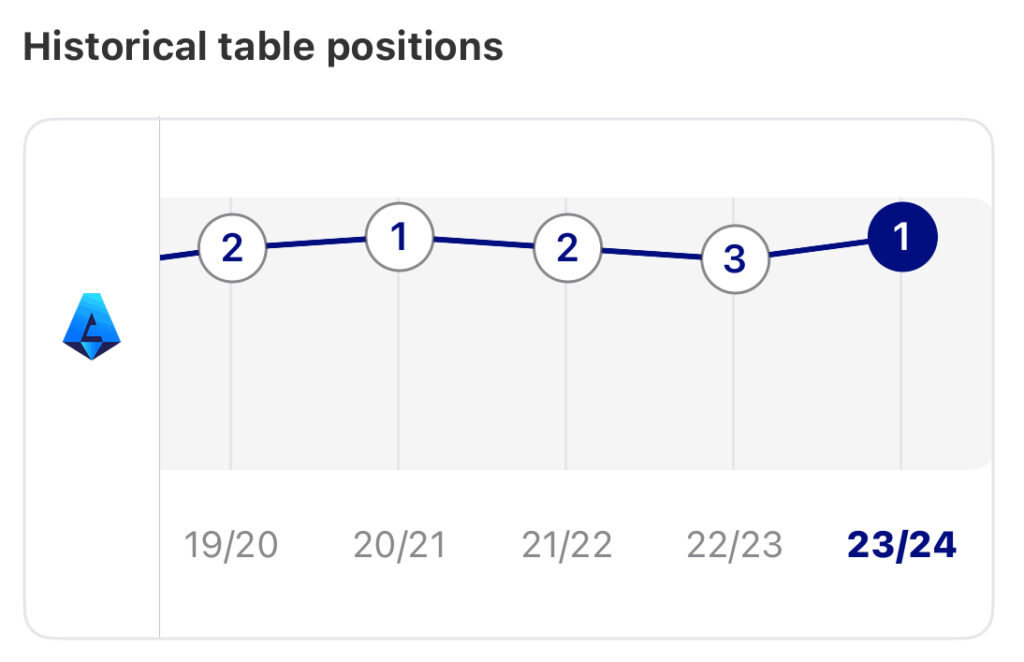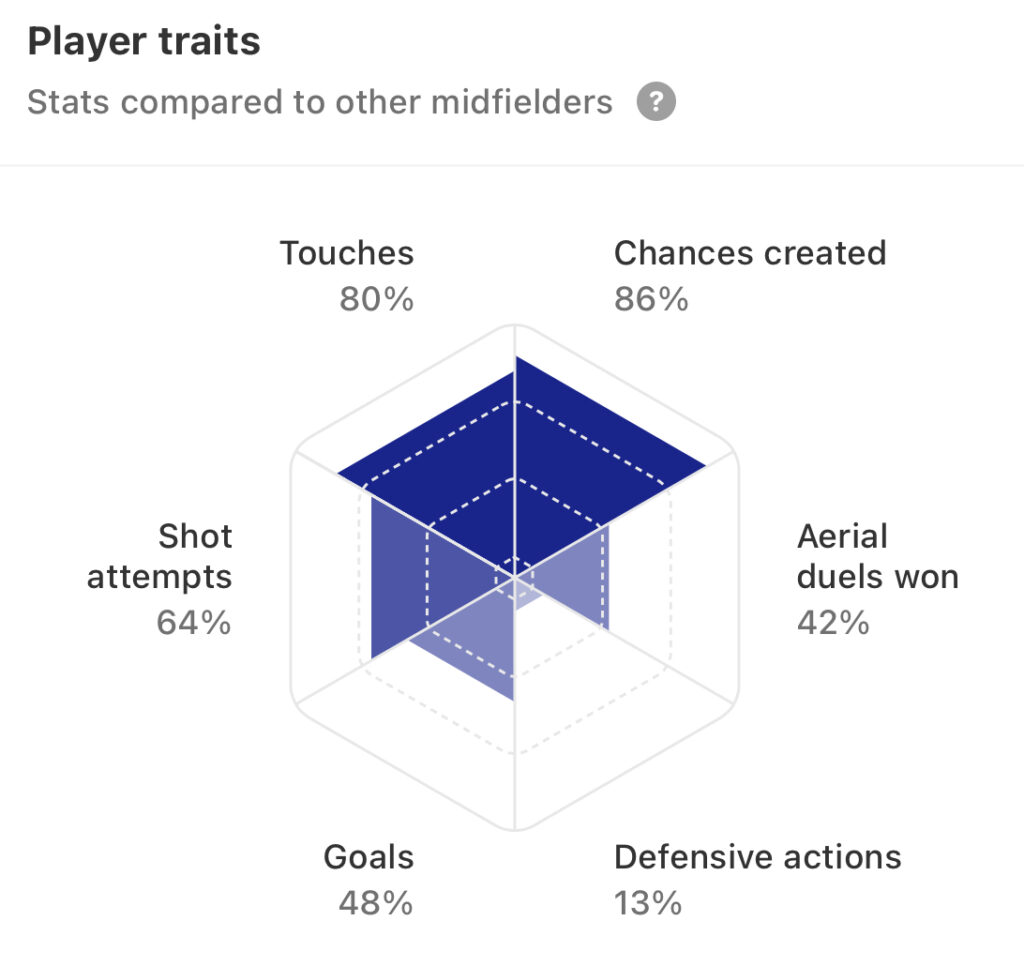How Inter won the Serie A: Consistency, adaptability, and Beppe Marotta
Inter sealed their 20th Serie A title on Monday and with that, earned the much-sought after second star. While the title win is down to Simone Inzaghi’s tactical nous and innovation, so much of it is also down to how the club is run despite their obvious limitations.
It was quite fitting that goals from Marcus Thuram and Francesco Acerbi helped Inter beat Milan on Monday, before the game descended in to chaotic. Those two players, after all, are perfect examples of how Inter operate in the transfer market under the famed Beppe Marotta, especially when Inter aren’t always in the best financial situation.
Thuram had, strikingly enough, rejected Milan to join Inter on a free transfer in the summer. That rejection for the Rossoneri came out of the blue as at one point, the France international seemed on his way to the other side of the corridor at San Siro. But with Inter losing both Romelu Lukaku and Edin Džeko, they swooped in just in the nick of time and sealed a deal that Marotta is no stranger to at all. He is an expert at finding bargains in the market and at roping in free transfers at the right time, as he has done with Piotr Zieliński and Mehdi Taremi.

Thuram has been one of the best signings in Europe and has contributed to 19 league goals. More than goals, he has boosted how Inzaghi’s side operate in the final third, using his ability to run into the channels and hold the ball up when needed to compliment the team’s possession-heavy setup.
Acerbi, just like Thuram, is perfectly suited for what Inzaghi has been building. The system relies on the wide centre-backs often pushing up and covering wide spaces and Acerbi – just like Alessandro Bastoni, does that successfully. Inzaghi knew all of his qualities from their time together at Lazio, where they won the Coppa Italia. The Italian joined on an initial loan deal and the move was later made permanent for a fee of €3.5 million.
The cases of these two are only the tip of the iceberg which goes much deeper. From back to front, Inter have built a squad that barely features a player who was signed for a massive fee. Hakan Çalhanoğlu, who was signed for free after his deal expired at Milan, has turned into one of the best midfielders in Europe. Henrikh Mkhitaryan’s stock seemed to be at an all-time low after the end of his spell at Roma, but he has been reinvigorated under Inzaghi after also joining on a free.
Then there’s Matteo Darmian, who had joined Parma after his spell at Manchester United had petered out. His stock seemed even lower than that of Mkhitaryan but Inter knew what they were doing and after an initial loan stint, he joined permanently for £1.8 million. The ex-United man has been one of Inter’s most reliable players over the years, showing a keen understanding of how a back three works and also showing the versatility to play two different positions at the back.
It isn’t to say that Inter haven’t spent money on players – they have. But so much of it is about selling well and using that money to fill gaps in their squad. Reports have falsely suggested that there is a ‘financial crisis’ at Inter but the truth has always been that they operate on a rather stable sell-to-buy model.
The Zhang family, Inter’s Chinese owners, found themselves in a difficult financial position during the COVID crisis. They weren’t just losing money from their e-commerce business (the club itself was losing money), but the Chinese government was stamping down on major business as well. That era had seen Inter shell out money on not just Nicolo Barella but also on Achraf Hakimi and Romelu Lukaku. While they had won the Scudetto under Antonio Conte, the impact of COVID meant that they had to part with these major assets and Conte left too.
In the 2022/23 season, they posted losses of €85 million and this came after losses of €140 million and €245 million in the previous two years. Amidst this troubling financial situation, owner Steven Zhang took an emergency loan of €275 million in 2021 from American fund Oaktree to shore up the finances of the Nerazzurri. This meant that while the club weren’t in a crisis, they had to sell players to buy more players and have to pay off the loan (with interest) to Oaktree by next month.
If the Zhang family cannot pay off that loan, the club would be transferred to the hands of Oaktree. If not that, Zhang would have to find a new financer who can pay off the Oaktree loan or he would have to find a buyer for the entire club altogether. This is the backdrop that Inter have operated in for about three years now and while the reality is harsh, it isn’t as if they haven’t spent prominent amounts on players.

Barella was signed permanently for a fee upto €50m after an initial loan deal. Davide Frattesi was signed on an initial loan deal with the obligation to buy for only €28m. When Milan Škriniar left the club on a free transfer to sign for Paris Saint-Germain, Inter had their tails up. But Benjamin Pavard was roped in for about €32 million from Bayern Munich. Perhaps, it is the case of Škriniar that best typifies how Inter operate.
André Onana had joined Inter on a free transfer in 2022 and was then sold to Manchester United for a total fee of €55 million. The amount collected from the sale wasn’t just used to sign the excellent Yann Sommer for €6 million, but Pavard was also signed late in the window from that fund. Similarly, funds from Marcelo Brozović’s sale to Al Nassr were potentially allocated towards bringing Frattesi in and that sell-to-buy scheme is still very much in the green as Frattesi is yet to be signed permanently.
As there was no major sale in the summer of 2022, Inter didn’t spend any significant fees on anyone during that transfer window. Only Robin Gosens joined in January and the rest of the summer moves were either loans or free transfers, which is right up Marotta’s street. While having a very strong spine in place, Inter still managed to finish inside the top four and reached the Champions League final. Through effective sales and exits, Inter used the funds in hand perfectly to fix holes in their squad and stepped up a gear.
With both Alexis Sánchez and Marko Arnautović having failed to impress in their limited gametime, Inter have already sealed a deal for Taremi. Through that, they seem to have a much more solid set of strikers – Thuram, Lautaro Martínez and Taremi. All three of them cost a total of €22.7 million, which is effectively what Martínez cost on his own. But with the reliable tactical setup in place, his value has perhaps quadrupled.
When it comes to tactical setups, the higher-ups at Inter were incredibly astute. When Conte left, the Nerazzurri fanbase faced a period of doom and gloom. After all, it was the first time since the José Mourinho era that Inter had won the Scudetto. Inzaghi’s CV and profile was on the up at Lazio and interestingly enough, his setup and formation wasn’t too different from that of Conte’s. Both use a 3-5-2 formation and while their approaches are slightly different, the similarity in formation meant that a drastic change in player profiles wasn’t required.
As a result, the players Inter had already were suited perfectly to what Inzaghi wanted. All they wanted to add was depth and more quality, especially when a player was leaving. A case can be made of the fact that Inter players are more system-reliant than before, meaning that Inzaghi’s possession-based setup has made them better. Conte’s system, on the other hand, relies on experienced individuals whose values aren’t always on the up. Inter’s insistence on consistency in identity has reaped rewards.
A player like Alessandro Bastoni has benefited exceptionally from that and so has Barella. The midfielder is arguably one of the best in the world right now and consistent usage in a similar system has made sure of that. Barella is now synonymous with covering a lot of distance on the right, carrying the ball forward, creating chances and scoring vital goals.

Contrast that to a player like Weston McKennie at Juventus and one can spot the difference. The American has suffered from playing under different managers with different playing styles, forcing him to play in multiple different roles.
There is a lesson to be learnt from Inter. There are certainly limitations they operate in and they lost a manager of Conte’s ilk when they were struggling financially. But they adhered to a consistency in tactical identity and operated within that, as Marotta’s exceptional understanding of the transfer market made sure that they ride out any problems. They are, in essence, a step ahead of the rest in Serie A, and perhaps their peers elsewhere in the big 5 leagues.
(Cover image from IMAGO)
You can follow every Serie A game on FotMob – with deep stats, xG, and players ratings. Download the free app here.